
KARACHI, Pakistan — The horrific summer of 2015 is still fresh in the mind of Shahzad Qureshi. That year, hundreds had died in the city due to heatstroke, and the large halls of the city’s expo center were piled up with dead bodies waiting to be buried.
“The extreme temperatures turned out to be fatal for residents living in the concretized spaces. I can never forget the mass graves filled with unidentified bodies,” Qureshi told Zenger News.
As many as 1,200 people died due to the heatwave and hospitals were put on high alert as the temperatures hit 49 degrees Celsius (120 degrees Fahrenheit) in June. It was this cruel summer that turned a young entrepreneur, Qureshi, into an environmentalist. 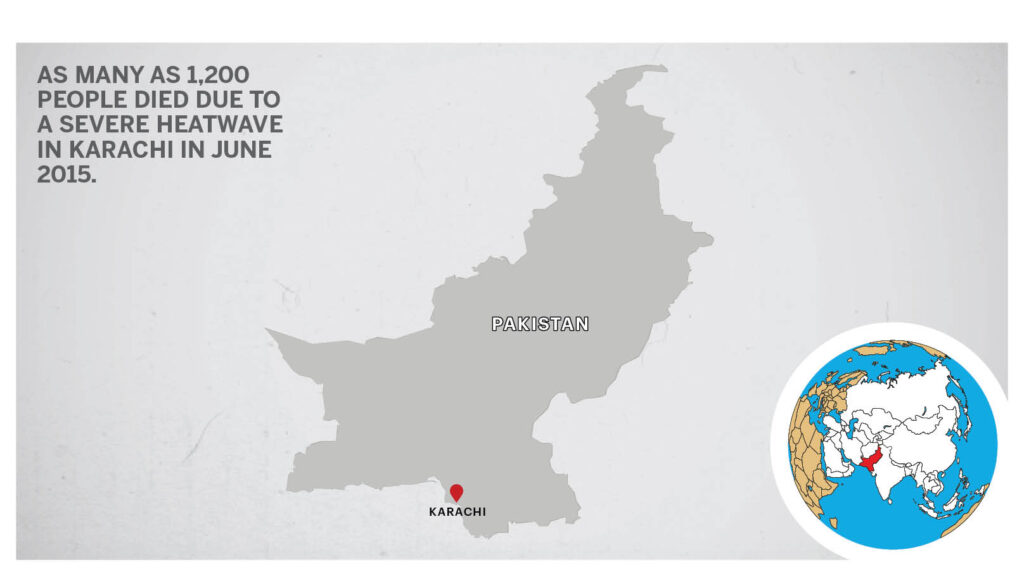
Tackling Urban Heat
While researching about how to reduce heat in urban centers, Qureshi read about the Miyawaki Method, a system of afforestation developed by Japanese botanist Akira Miyawaki.
According to a study in the journal Landscape and Ecological Engineering, the Miyawaki method “has been applied in the Far East, Malaysia, and South America” to tackle the effects of climate change and the results have been “very impressive, allowing quick environmental restorations of strongly degraded areas.”
Inspired by this, Qureshi initiated a project called “Urban Forests” to create evergreen sustainable forests to restore Karachi’s deteriorating environment. He adopted a park in the Clifton area in the city for a pilot run.
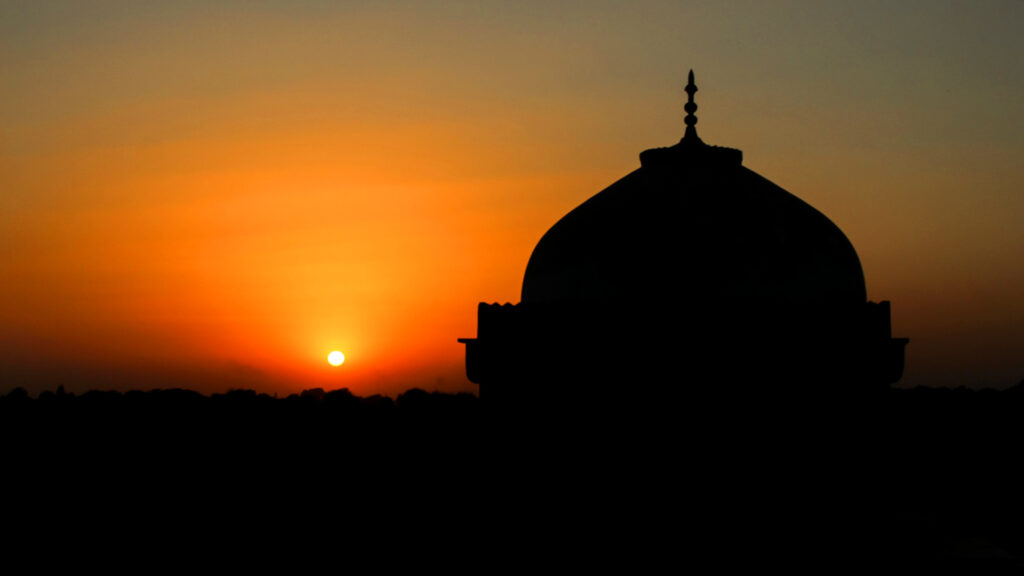
“My aim was to enhance the quality of life in a concrete environment, improve environmental conditions, and air quality and regenerate biodiversity,” said Qureshi.
The method described by Miyawaki instructs that to plant the trees, one first needs to identify native plants that are 60 to 80 centimeters high. Plants of different species are densely planted in one-meter pits in the proportion of about three seedlings per square meter. The plants have to be supported with twigs till they are bigger and watered once a day.
A Forest That Grows In a Jiffy
Qureshi said together with his team he has planted more than 28,000 trees in just one park in Clifton, Karachi, apart from converting many barren patches and unused land in schools and mosques into urban forests.
“I wanted to experiment with this method as the trees grow 10 times faster than normal and start making their food and water in three years; it is also good from the sustainability point of view,” he said.
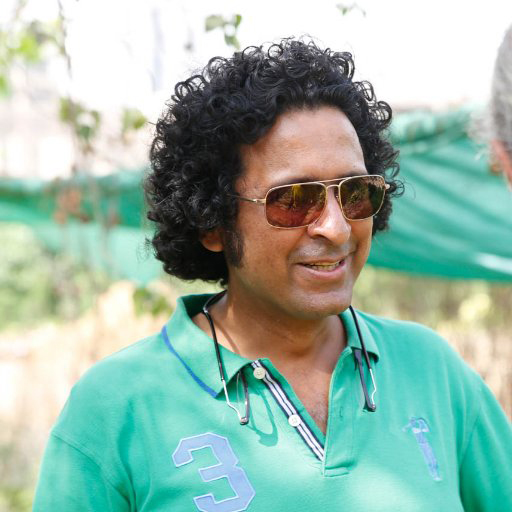
“In summer, evapotranspiration and shading can reduce temperatures by up to 1-5 degrees. The Miyawaki method does not require any pesticides or chemicals, so it is safe for the environment,” he said.
Due to the expanding urban structure and declining natural habitat, the Pakistan Meteorological Department reports that they expect more severe heatwaves to hit the city. However, no substantial policy or plan was presented by the previous governments to address the issues of climate change.
“After the Karachi Metropolitan Corporation and District Municipal Corporation managements changed, many new urban forest projects are in the pipeline,” Murtaza Wahab, spokesperson for the Sindh government, said.
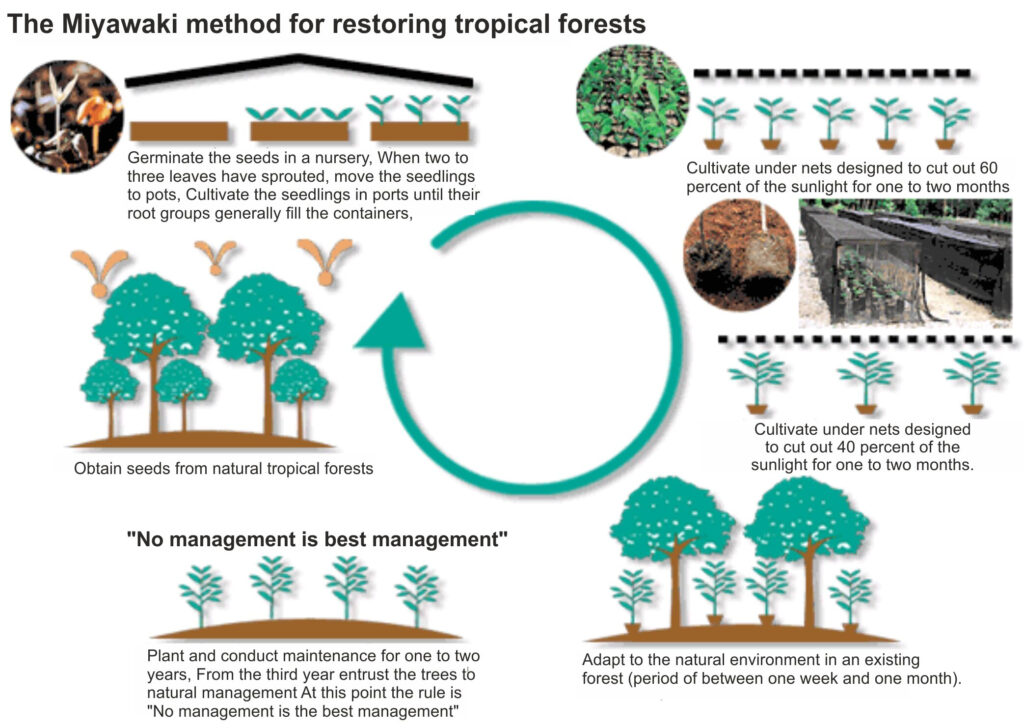
“The barren fields in the Clifton area of Karachi that used to serve as garbage dumps are being turned into urban forests,” he said.
Wahab also tweeted a video showing a garbage dump being cleaned and plant saplings being sown at the Clifton beach.
Concretized Spaces
In Karachi, other than the urban development that goes on almost all year, a major problem is encroachment. Thousands of people from rural areas and smaller towns enter Karachi every day in search of employment.
These people look for cheap residential areas and even start building temporary settlements that gradually turn into colonies, leaving no space for vegetation to flourish. On the orders of the Supreme Court of Pakistan in 2020, many such settlements and encroachments were demolished, and areas cleared.
In his tweet, Wahab raised the issue with local media and called out the land mafia for violating laws by the Building Control Authority.
“Maximum land would be used in Karachi for urban foresting to improve the environment of the city,” he said.

Moreover, The 10 Billion Tree Plantation Project of the current government is aimed to help Pakistan get back its green cover that was destroyed by deforestation for cattle farming. The project that was initiated to plant a billion trees in Khyber Pakhtunkhwa, the northern province of Pakistan, and has now expanded to other cities.
Green Revolution
Qureshi is of the view that if each resident starts planting trees in their back or front yards, streets, roofs, and neighborhoods “they can bring about a green revolution.”
“The main reason for the heatwave was urban, concrete infrastructure that leave no space for sufficient green cover,” Jameel Kazmi, Dean, Department of Geography, University of Karachi, said.
“The Building Control Authority has made it mandatory that any person who builds a house must leave some space for green cover, but most people don’t follow the rules and avail the maximum land for building the house,” said Kazmi.
“Every citizen should participate in this green drive and that is the only way to survive the urban heat,” Kazmi said.
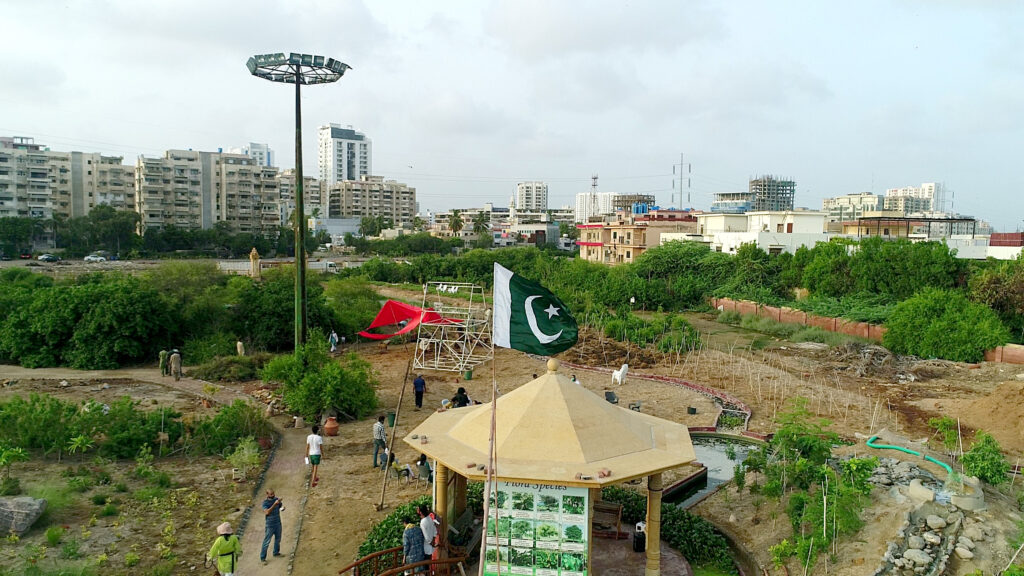
In January 2020, Pakistan Prime Minister Imran Khan launched the first experimental afforestation project that follows the Miyawaki method.
“I have launched urban forestry on the lines of Miyawaki technique in Japan where the trees grow 10 times faster and 30 times denser, and is the best way to fight pollution. 50 sites have been chosen in Lahore. First experiment was in Liberty roundabout in 2020,” Khan said in a tweet.
Till now, the “Urban Forest” project by Qureshi has created eight mini forests in Karachi, two in Lahore, and one each in Islamabad and Faisalabad.
Qureshi says that over 9,000 people have planted saplings in the Clifton public park in Karachi and over 30 schools came on an educational trip to learn about the native species.
(Edited by Anindita Ghosh and Amrita Das. Map by Urvashi Makwana.)
The post Wood You Believe It? Mini Forests Cool City Heatwaves appeared first on Zenger News.
